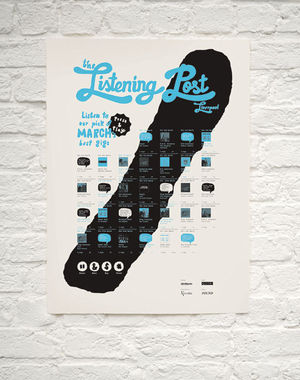Difference between revisions of "Electronic printed paper"
| (2 intermediate revisions by the same user not shown) | |||
| Line 1: | Line 1: | ||
{{Project | {{Project | ||
|picture=SXSW Listening-Post.jpg | |picture=SXSW Listening-Post.jpg | ||
| + | |ProjectSkills=Design,print screening, Basic electronics, Soldering electronics programming, | ||
|ProjectStatus=Planning | |ProjectStatus=Planning | ||
|ProjectNiche=Electronics | |ProjectNiche=Electronics | ||
| Line 18: | Line 19: | ||
step 4 - voila finished | step 4 - voila finished | ||
| + | |||
| + | |||
| + | info | ||
| + | http://www.bareconductive.com/ | ||
Latest revision as of 19:30, 29 August 2014
| Projects | |
|---|---|

| |
| Participants | |
| Skills | Design, print screening, Basic electronics, Soldering electronics programming |
| Status | Planning |
| Niche | Electronics |
| Purpose | Use in other project |
Paper apps may sound like an oxymoron, but they offer extraordinary creative possibilities for quickly and cheaply developing real-world projects that combine the best of graphic and interactive design.
The idea is based on a technology called printed electronics. Many manufacturers already use it to produce circuits on flexible materials to wrap around objects such as car dashboards. It’s also the basis of future-generation concepts such as electronic paper.
step 0 - imagine up application and collect stuff for development
step 1 - create poster
step 2 - create print screen
step 3 - hook up electronics
step 4 - voila finished